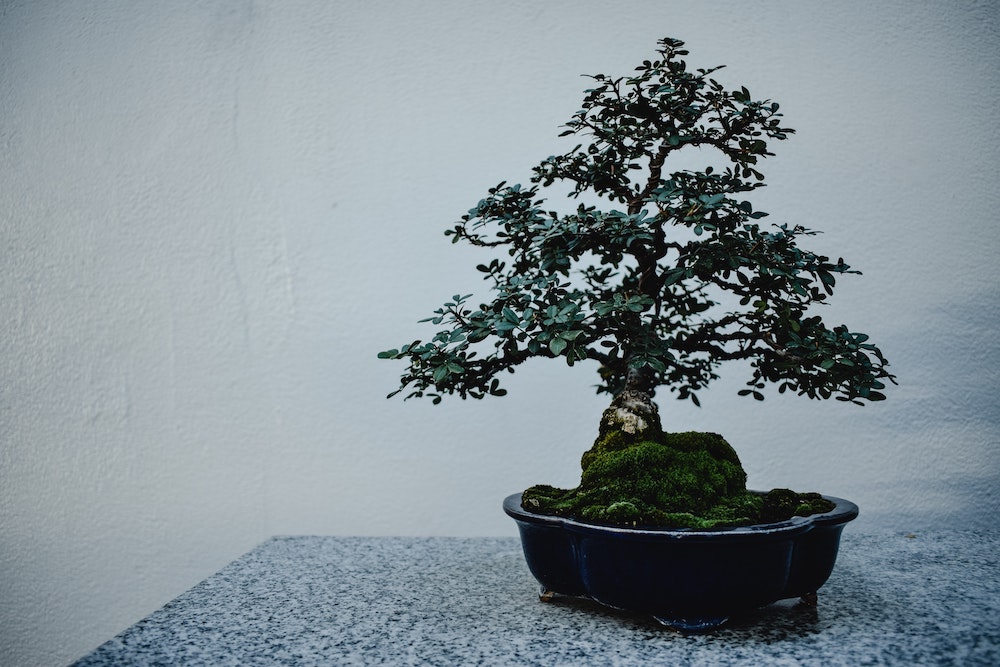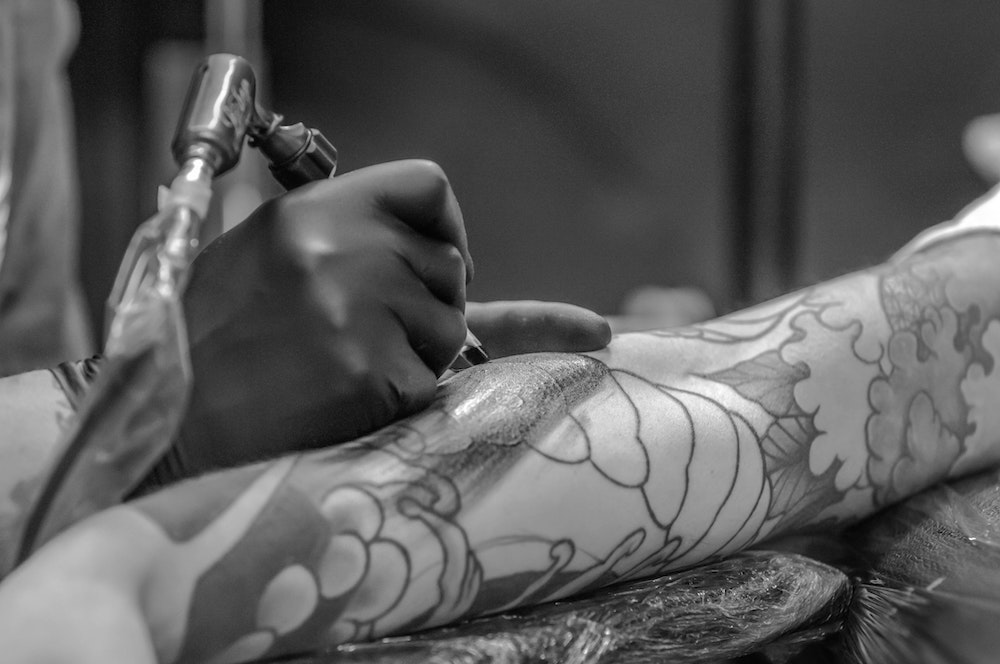Discover the art of growing bonsai trees indoors! Get expert tips on lighting, care, and challenges. Can I grow a bonsai tree indoors? Find out here!
Bonsai trees have captivated people for centuries with their miniature beauty and artistic elegance. While traditionally cultivated outdoors, many enthusiasts wonder whether it’s possible to grow a bonsai tree indoors. The answer? Yes, you can successfully grow a bonsai tree indoors, but it comes with its own unique set of challenges. In this blog post, we’ll explore the intricacies of growing bonsai trees indoors, offering valuable tips and insights from bonsai experts.
Understanding the Basics of Bonsai Trees
Before delving into the world of indoor bonsai cultivation, it’s crucial to grasp the fundamental principles of bonsai trees. Bonsai is the art of growing miniature trees in pots, carefully shaping and pruning them to replicate the appearance of full-sized trees. These living sculptures require a balance of proper care, patience, and artistry.
Can I Grow a Bonsai Tree Indoors?
Yes, you can grow a bonsai tree indoors. While it comes with unique challenges, selecting suitable tree species, providing adequate lighting, maintaining proper humidity and temperature, and practicing proper care techniques can help you successfully cultivate and enjoy the beauty of a bonsai tree in an indoor environment.
Selecting Suitable Indoor Bonsai Tree Species
Certain tree species are more adaptable to indoor environments than others. When choosing an indoor bonsai tree, consider species such as Ficus, Jade, or Chinese Elm, as they are better suited to the conditions found inside homes or offices. These species are hardy, forgiving, and have a natural tolerance for low-light situations.
Lighting Requirements for Indoor Bonsai Trees
One of the primary challenges of growing bonsai trees indoors is providing adequate light. While natural sunlight is best, it may not always be available. Supplemental lighting in the form of fluorescent or LED grow lights can help provide the necessary light intensity and duration for healthy growth. Ensure that the lighting is positioned at the correct distance from the bonsai to prevent burning or stunted growth.
Maintaining Proper Humidity and Temperature
Indoor environments often lack the natural humidity levels required for bonsai trees. To address this, misting the foliage or placing the bonsai on a humidity tray filled with water can increase humidity levels around the tree. Additionally, maintaining a consistent temperature range between 60°F to 75°F (15°C to 24°C) is ideal for most indoor bonsai species.

Growing a bonsai tree indoors can be a rewarding experience that allows you to bring the beauty of nature into your living space. While it presents unique challenges, with the right knowledge and care, you can successfully cultivate a bonsai tree indoors.
Watering and Fertilizing Indoor Bonsai Trees
Watering and fertilizing are critical aspects of bonsai tree care. The frequency and amount of water needed will depend on factors such as species, pot size, and soil composition. Regularly check the soil’s moisture level and adjust the watering accordingly to prevent overwatering or underwatering. Fertilize your indoor bonsai tree with a balanced, water-soluble fertilizer during the growing season to ensure proper nutrition.
Pruning and Shaping Techniques
Pruning and shaping are integral to bonsai artistry. Regularly prune your indoor bonsai tree to maintain its desired shape and prevent excessive growth. Use sharp bonsai tools and follow proper techniques to ensure clean cuts and promote healthy growth patterns. Shaping wires can be used to guide branches and create elegant designs, but be careful not to leave them on for too long to avoid wire marks.
Monitoring and Treating Pests and Diseases
Just like any other plant, bonsai trees are susceptible to pests and diseases. Regularly inspect your indoor bonsai for signs of pests, such as aphids or spider mites, and take prompt action to control them. Proper air circulation, adequate sunlight, and avoiding overwatering can help prevent fungal diseases.
Growing a bonsai tree indoors can be a rewarding experience that allows you to bring the beauty of nature into your living space. While it presents unique challenges, with the right knowledge and care, you can successfully cultivate a bonsai tree indoors. Remember to choose suitable species, provide proper lighting, humidity, and temperature, and diligently care for your bonsai through watering, fertilizing, and pruning. By following these tips and seeking guidance from bonsai experts, you can create a stunning indoor bonsai tree that brings joy and tranquility to your surroundings.
- The 19 Best Greek Restaurants in Chicago - June 22, 2023
- Oceangate CEO Stockton Rush: Driving Innovation at OceanGate - June 22, 2023
- Midjourney: Generative AI Image Generator - June 21, 2023


